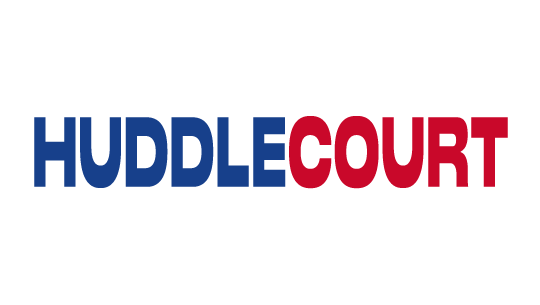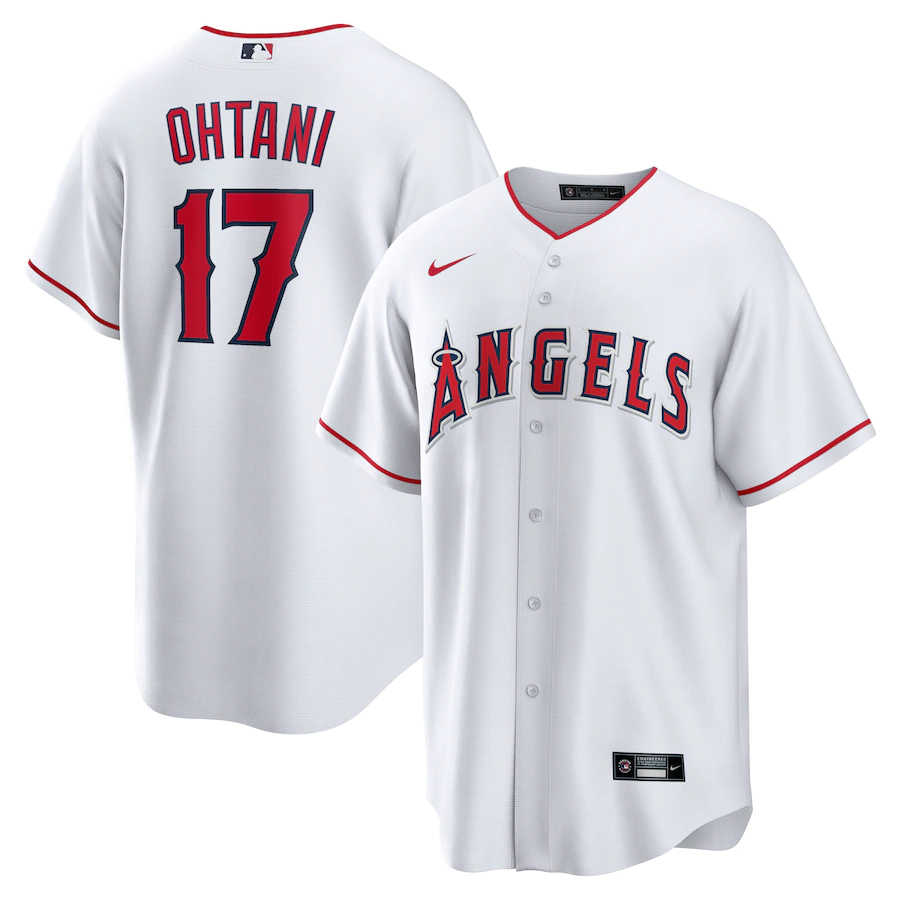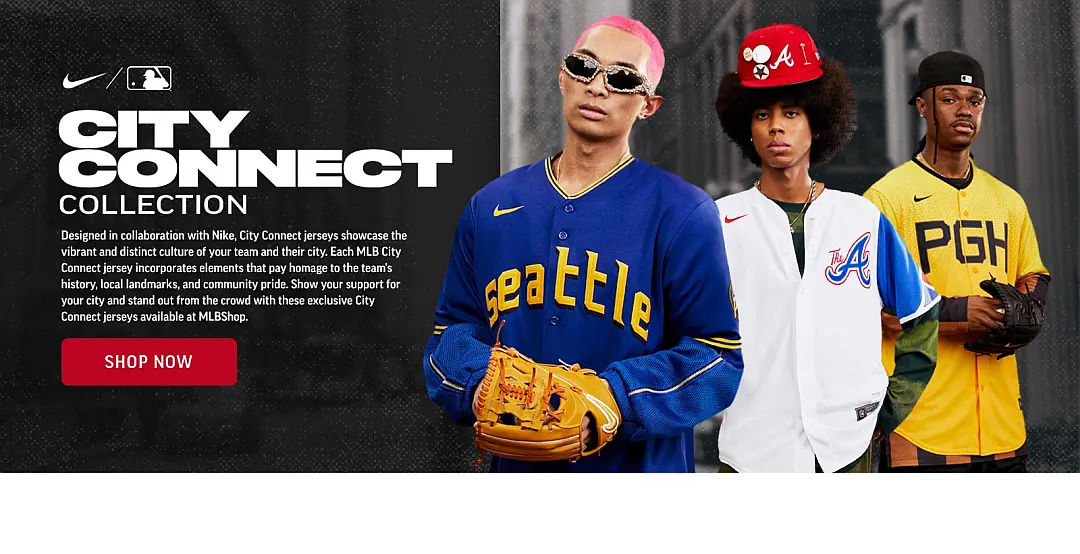Chapter Guide
Huddle In For The MLB Waiver Order
Welcome to the world of MLB waivers, where the game behind the game unfolds. In the fast-paced world of professional baseball, understanding the ins and outs of MLB waivers is akin to mastering a strategic chess match. From the rules and priority system to the impact on postseason eligibility, we’re here to break it all down for you. Whether you’re a die-hard baseball enthusiast or just looking to get the scoop on the latest waiver buzz, this comprehensive guide has got you covered.
MLB Waivers Explained
Let’s kick things off by diving into the nuts and bolts of MLB waivers. It’s not just a routine administrative process; it’s a critical part of how baseball teams make roster moves and strategic decisions
Definition and Purpose:
In the world of Major League Baseball (MLB), waivers are essentially a means by which a team can attempt to trade, release, or outright assign a player to the Minor Leagues. They serve as a crucial avenue for teams to adjust their rosters throughout the season. Whether it’s freeing up roster spots or seeking potential talent, waivers are where the action happens.
Outright waivers, as opposed to trade waivers, allow a team to release or assign a player to the Minor Leagues unconditionally. This means that if a player is claimed by another team, they move to their new club without any conditions or negotiation.
Historical Context: Pre-2019 vs. Current Rules:
To truly understand the dynamics of MLB waivers, it’s essential to grasp the changes that occurred in 2019. Before that pivotal year, players could be traded following the Trade Deadline if they cleared revocable trade waivers. This created a suspenseful environment where teams weighed the risk and reward of making late-season acquisitions.
Under the current system, trade waivers are no longer in play. Instead, outright waivers take center stage. These waivers are irrevocable, which means that if a player is claimed, they can’t be pulled back off waivers. It’s a one-way ticket to a new team.
Key Terminology: 40-Man Roster, Claiming Priority, Unconditional Release Waivers:
As we delve deeper into MLB waivers, let’s get familiar with some essential terminology.
- 40-Man Roster: This roster comprises players who are eligible to play in MLB games. Players on the 40-man roster have a direct connection to the Major League club.
- Claiming Priority: The claiming priority is the order in which teams have the chance to claim a player on waivers. Priority is based on reverse winning percentage. If more than one team claims a player, the team with the worse winning percentage gets first dibs.
- Unconditional Release Waivers: These waivers signify that a player is released without any conditions. It’s a clean break from the team that placed them on waivers.
How MLB Waivers Work
Now that we’ve established the basics, let’s delve into the mechanics of MLB waivers. How does the process unfold, and what happens when a player is placed on waivers?
Placing Players on Outright Waivers:
The process of placing a player on outright waivers is the initial step. Teams may place players on waivers for various reasons, including the need to clear roster space, potential trades, or simply to gauge interest in a player.
To place a player on waivers, the team submits a request to the MLB office, indicating their intention to make the player available. It’s essentially a signal to the league that this player is up for grabs.
When a player is placed on outright waivers, the other 29 MLB teams have the opportunity to claim him. This is where the chess match begins. Teams must weigh their interest in the player against the financial commitment they’d be taking on.
Impact on Players’ Contracts:
Now, let’s talk money. When a player is claimed, the claiming team assumes responsibility for the remaining money owed to the player on his existing contract. This can be a significant financial commitment, especially for players with lucrative contracts.
For instance, if a player is under a multi-million-dollar contract, the claiming team must be prepared to pick up the tab for the remainder of that contract. It’s a strategic decision that involves financial calculations and salary cap considerations.
Claiming Priority System:
Remember that claiming priority system we mentioned earlier? It plays a pivotal role here. If multiple teams submit claims for the same player, the team with the worse winning percentage gets the nod. It’s a way to level the playing field and give struggling teams a fair shot at acquiring talent.
But what if two or more claiming clubs are tied with the lowest winning percentage? In that case, priority goes to the club with the lowest winning percentage in the previous season. It’s a nuanced system designed to prevent bidding wars and promote fairness.
What Happens if Players Go Unclaimed
Not every player placed on waivers is snatched up by another team. Some players go unclaimed, and their status with the original team remains unchanged.
This is a crucial point of distinction from being designated for assignment (DFA). When a player is designated for assignment, they are immediately removed from the 40-man roster, and within seven days, they can either be traded (if it’s before the Trade Deadline) or placed on outright or unconditional release waivers.
But for those players who clear outright waivers without being claimed, the team has the option of assigning them outright to the Minor Leagues. It’s a way for teams to keep valuable assets within their organization while creating space on the Major League roster.
However, there’s a catch. Players with more than five years of Major League service time can reject an assignment to the Minor Leagues. This is where the human element comes into play. Players with established careers may prefer to explore other options rather than take a detour to the Minor Leagues.
On the other hand, players with more than three years of Major League service time, or those who have been previously outrighted, may elect free agency instead of accepting the outright assignment. This adds another layer of complexity to the process.
How Does This Situation Differ from the Previous Post-Deadline Trade Waiver Rules:
Now that we’ve got the current system down pat, let’s take a moment to reflect on how things used to be. Before 2019, players could be traded following the Trade Deadline if they first cleared revocable trade waivers. This created a unique dynamic in the late stages of the season.
Under the old system, the player’s original club had three options when a trade waiver claim was placed:
- Work Out a Standard Trade: The two sides had 48 hours to agree to a deal. This allowed for negotiations and potentially creative deals to take place.
- Allow the Player to Go to the Claiming Club: The player, along with all the money remaining on his contract, could go to the claiming club without any return. This was a strategic option for teams looking to offload salary.
- Pull the Player Back Off Waivers: If the team had second thoughts or received a better offer, they could pull the player back from waivers.
This system added an element of suspense to the late-season baseball landscape. It was a chess match where teams had to consider the potential outcomes of placing a player on waivers carefully.
Under the current system, trade waivers are no longer in play. This simplifies the process but also eliminates some
of the intrigue that came with late-season trades. Outright waivers are now the standard, and once a player is claimed, there’s no turning back.
Will These Players Be Postseason Eligible with Their New Teams If They’re Claimed:
Now, let’s talk about the ultimate prize in baseball—the postseason. It’s the stage where legends are made and championship dreams are realized. But can a player who’s claimed on waivers be part of a postseason run with their new team?
The answer is yes. Any player who is on the 40-man roster or the 60-day injured list as of 11:59 p.m. ET on Aug. 31 is eligible for the postseason. This deadline serves as a cutoff point, ensuring that the core roster is set for the playoffs.
But what if a player doesn’t meet these criteria for postseason eligibility? Can they still be part of the postseason action? Well, it’s not a lost cause.
A player who doesn’t meet the Aug. 31 criteria for postseason eligibility can still be added to a team’s postseason roster through a petition to the Commissioner’s Office. This avenue is designed to accommodate unique situations where a player becomes essential due to injuries or other unforeseen circumstances.
For example, if a player was in the organization on Aug. 31 but wasn’t on the 40-man roster or the 60-day injured list, they can be added to the postseason roster if they are replacing someone who is on the injured list and has served the minimum amount of time required for activation.
The activation timeline is critical here. For instance, if a player on the 10-day injured list has been on it for at least 10 days, or if a player on the 60-day injured list has been sidelined for at least 60 days, they can be replaced by a player who didn’t initially meet the eligibility criteria.
It’s a rule that provides flexibility to teams during the high-stakes postseason battles. Injuries can strike at any time, and having a mechanism to ensure a competitive balance is crucial.
Players Who Are Acquired After Aug. 31 Are Ineligible:
While there are avenues for latecomers to join the postseason party, there’s a cutoff point for new arrivals. Players who are acquired after Aug. 31 are ineligible for postseason action.
This rule helps maintain the integrity of the postseason rosters and prevents teams from making last-minute additions to gain an advantage. It ensures that the core roster in place at the end of August is the one that competes in the postseason.
Outright Waivers – A Recap
Before we proceed, let’s recap what we’ve learned about outright waivers
- Outright waivers are a critical part of MLB transactions.
- When a player is placed on outright waivers, other teams have the opportunity to claim him.
- Claiming priority is determined by reverse winning percentage, with ties settled by the previous season’s performance.
- Players claimed on outright waivers move to their new club without conditions.
- If players go unclaimed, their status with the original team may change, including assignment to the Minor Leagues.
This understanding of outright waivers is essential as we delve deeper into the strategic aspects of this process.
Claiming Priority System – A Closer Look:
The claiming priority system is the backbone of the waiver process. It determines the order in which teams have the opportunity to claim a player. Let’s take a closer look at how it works and why it matters.
Reverse Winning Percentage:
At the heart of the claiming priority system is reverse winning percentage. In other words, the worse a team’s performance, the higher their priority when claiming players on waivers.
This mechanism is designed to promote parity in the league. Struggling teams get the first crack at potentially valuable players, leveling the playing field. It’s a concept that aligns with the fundamental principles of competition in professional sports.
Ties Resolved by Previous Season’s Performance:
But what happens when two or more teams have the same winning percentage, creating a tie in claiming priority? In this scenario, the tiebreaker comes down to the club’s performance in the previous season.
This adds an interesting historical element to the claiming process. It takes into account a team’s overall track record, not just their current season’s performance. It’s a way of ensuring that claiming priority isn’t solely based on the current standings but also considers past performance.
(A previous version of the rules used to give priority based on the league of the team waiving the player, with NL teams getting priority for NL players, and AL for AL players, but that is no longer the case.)
This system ensures that claiming priority is fair and balanced, aligning with the principles of competitive sports.
Strategic Considerations – How Teams Use Waivers
Now that we’ve explored the mechanics of waivers and the claiming priority system, let’s shift our focus to the strategic side of things. How do MLB teams strategically use waivers to their advantage?
Balancing the Roster:
One of the primary reasons teams place players on waivers is to balance their roster. In the dynamic world of professional baseball, roster spots are precious commodities.
Whether it’s a surge of young talent or the need to make room for a newly acquired star, teams must continuously adjust their rosters to stay competitive. Outright waivers provide a method to do just that.
By placing a player on outright waivers, a team can create an open roster spot, allowing them to make other roster moves. It’s a tactical maneuver that requires careful consideration. Teams must evaluate whether the potential benefits of clearing roster space outweigh the risk of losing the player to a claim.
Managing Player Contracts:
Another critical aspect of waivers is the impact on player contracts. Baseball contracts can be complex and financially significant. When a player is claimed off waivers, the claiming team assumes responsibility for the remainder of that player’s contract.
This financial commitment can be substantial, especially for players with high-dollar contracts. It’s a factor that teams must weigh carefully when deciding whether to place a player on waivers.
For example, imagine a scenario where a team is looking to offload a veteran player with a hefty contract to create salary cap flexibility. Placing that player on outright waivers could be a strategic move. If another team claims the player, they not only acquire the talent but also take on the financial obligations of the contract.
Clearing Roster Spots:
Creating roster space is a common motivation for placing players on outright waivers. It’s not uncommon for teams to have a surplus of talent in a particular position or a need to make room for emerging prospects.
Outright waivers provide a mechanism to address these roster imbalances. By allowing other teams to claim a player, a team can free up a roster spot for other moves, such as call-ups from the Minor Leagues or acquisitions from trades.
It’s a delicate balance between nurturing talent and maintaining a competitive roster. Teams must consider their long-term and short-term goals when making waiver-related decisions.
Strategic Decision-Making:
The world of MLB waivers is a strategic one. Every move is a calculated decision with potential ramifications. Teams must assess their current roster, financial commitments, and long-term objectives when deciding to place a player on waivers.
But it’s not just about the financial aspect. Teams also evaluate the player’s performance, potential trade value, and how they fit into the larger team dynamic. It’s a chess match where every move matters.
Huddle Wrap-Up about MLB Waivers
As we conclude our journey through the labyrinth of MLB waivers, one thing is clear: it’s a complex, multifaceted aspect of the game. From the rules and priority system to the impact on postseason eligibility and strategic considerations, waivers play a vital role in shaping the landscape of professional baseball.
For fans, it’s a glimpse into the behind-the-scenes maneuvering that takes place to build winning teams. For teams, it’s a strategic tool to fine-tune their rosters and position themselves for success.
So, the next time you hear about a player being placed on waivers or claimed by another team, you’ll have a deeper understanding of the chess match unfolding beneath the surface. MLB waivers are where strategy meets opportunity, and it’s a game within the game that keeps the baseball world buzzing with anticipation.
Stay tuned to the latest waiver news and transactions, because in the world of MLB, anything can happen, and waivers are where it all begins.
Please note that Huddlecourt and its content providers may receive compensation for some links to products and services featured on this website. Rest assured that we have handpicked these products to provide you with the best options available.
More Baseball Content on Huddlecourt
Click here to read more and discover why MLB is taking the world by storm. Let the excitement begin!
Here is the current MLB waiver order, based on reverse order of win percentage. pic.twitter.com/ihZVZsTphb
— FOX Sports: MLB (@MLBONFOX) August 29, 2023







